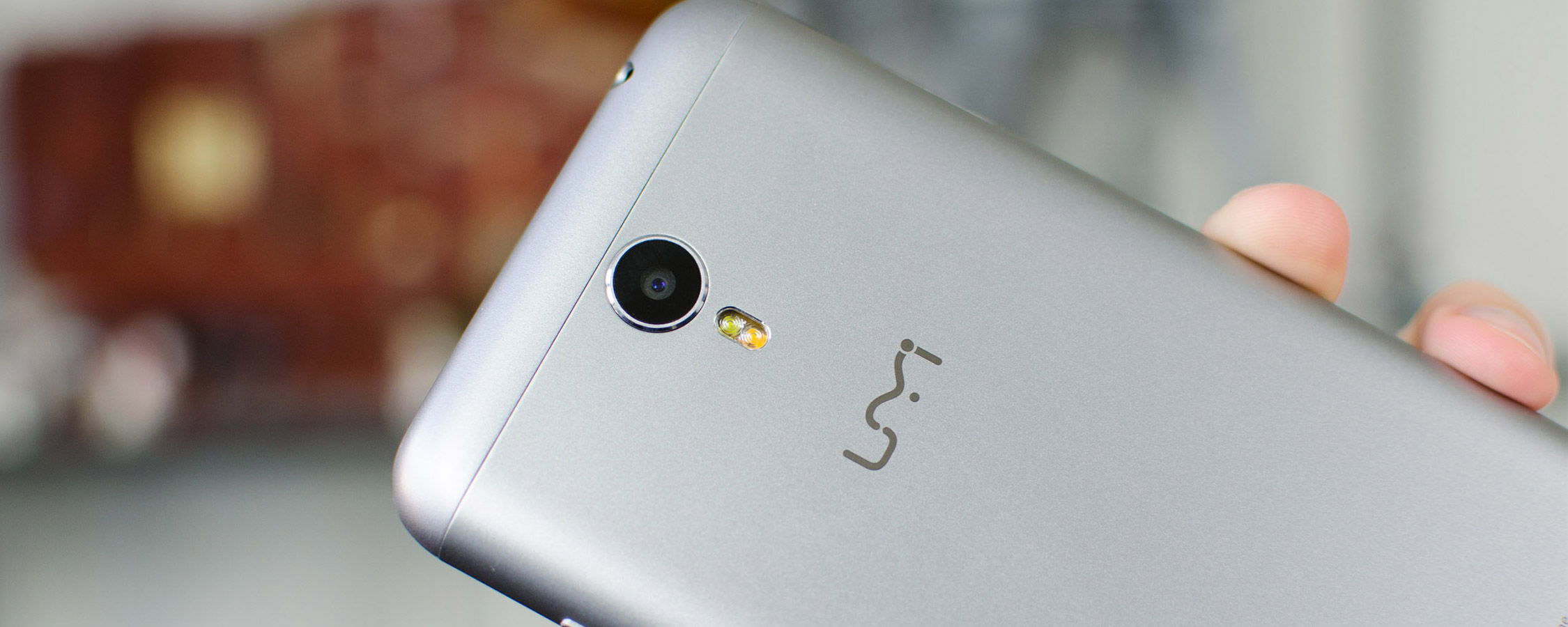Camera
On the back of the Umi Touch is a 13.0-megapixel Sony IMX328 CMOS sensor, which appears to be a 1/3.06" 4160 x 3120 class unit with 1.12 µm pixels. It's paired with an f/2.2 lens 26mm-equivalent lens and is capable of 1080p video recording. On the front is a 5-megapixel SK Hynix Hi-553 1/5" sensor with 1.12 µm pixels, paired with an f/2.8 lens.
This is one of the very, very few good photos I took with the Umi Touch
Neither of these cameras is great. The rear camera is several steps behind what I'd expect from an entry-level camera in 2016, and doesn't perform well in any conditions. I was particularly disappointed in its performance in good lighting, delivering photos with poor dynamic range and underwhelming color quality. The vast majority of photos I took in these conditions were overexposed as well, or had significant areas that were washed out.
This camera does deliver 13 megapixels of resolution, which can look okay when zoomed out, but viewing 100% crops reveals processing artefacts that are particularly noticeable in poor lighting conditions. Bokeh is about what you'd expect for a low quality f/2.2 camera lens.
The Umi Touch is really not suitable for any night time photography, as it simply lacks the hardware to get usable photos at night. The combination of an f/2.2 lens and 1.12 µm pixels without stabilization doesn't work in its favor, and most photos taken in poor lighting are either too dark to be usable, blurry, or below average quality. When taking nighttime shots of scenes with bright lights, you'll also notice an unpleasant glow that surrounds each light, which is a classic sign of a cheap and inadequate camera setup.
I'm not saying that the Umi Touch should be delivering the best photos on the market; that's the job of high-end devices. But I can categorically say that the Moto G 2015, which also has a 13-megapixel camera, takes far better photos across the board.
The issues don't end there, though. The camera app included with the Umi Touch is pretty substandard, and has issues producing a usable preview frame rate in all but the sunniest conditions. Focusing is slow as well, and I frequently had difficulties getting the camera to lock focus at the right distance. The HDR mode is one of the worst I've seen in years too, and suffers from noticeable ghosting.
No joke: the above photo was taken with the front-facing flash switched on
The front camera isn't that good either. The 5-megapixel sensor isn't the worst I've ever seen, but the choice to pair it with an f/2.8 lens makes it basically unusable at night. And this is even with a front-facing flash, which is completely useless in dark environments. In fact the front flash is so bad I'm not sure why Umi even bothered including it: it is literally incapable of illuminating my face at arm's length.
The main thing to take out of this analysis is that you simply can't look at the spec sheet, see a device with a Sony camera sensor, and expect it will take good photos. Camera processing is key to producing good imagery, and Umi has failed to tweak its processing to deliver high quality photos.









